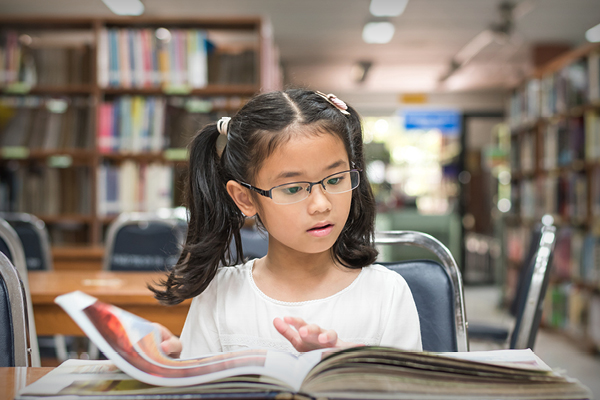A statewide policy in Florida, signed into law in May, prohibits students’ use of cellphones during instructional time, according to an article in Education Week.
“I can tell you that the result of it on a very wide scale has been extraordinarily positive for [students’] mental health from an anecdotal perspective,” said Heather Kreider, the principal of Edgewater High School in Florida’s Orange County school district.
“Our kids are way more engaged. The apathy that we had seen from them in the last year to two years has seemed to wane. They seem more like they’re waking back up to a social experience.”
Beyond Florida, more schools across the country are restricting students’ use of smartphones in classrooms as concerns about their academic, social-emotional, and mental well-being increase.
Restrictions can take various forms. Some schools only limit students’ phone use during classroom time, allowing students to have phones out between classes and during lunch, while other schools prohibit phones all day.
More than three-quarters of schools, 76.9 percent, prohibited non-academic use of cellphones or smartphones during school hours during the 2019-20 school year, according to the most recent data from the National Center for Education Statistics, up from 70.3 percent in 2017-18.
As concerns have grown about adolescents’ worsening mental health, much of the discussion has centered on teens’ constant use of their phones and social media. A growing number of studies have linked children’s use of smartphones and social media to their deteriorating mental health.
“The rates of anxiety and depression being reported were already rising and have been since the ‘90s,” said Michael Rich, a pediatrician and child health researcher who founded the Digital Wellness Lab at Boston Children’s Hospital. “But I think that phones and social media have perhaps accelerated and exacerbated the problem.”
District leaders, principals, and teachers at schools with no-cellphone policies have reported anecdotally that they’ve seen improvements in students’ well-being since their policies took effect.
Principals in Florida’s Orange County found that students were interacting more with one another and were more engaged in classroom activities, said Maria Vazquez, the district superintendent. There were also fewer discipline problems and violent behaviors, she said.
Often, educators said, violence such as bullying or fights stems from things students say to each other via text messages or social media. The no-phone policy discourages those behaviors, they said.
As the school year continues, the Orange County district plans to track the effect of the policy on students’ engagement, feelings of connectedness, and other aspects of their well-being.
Education Week





